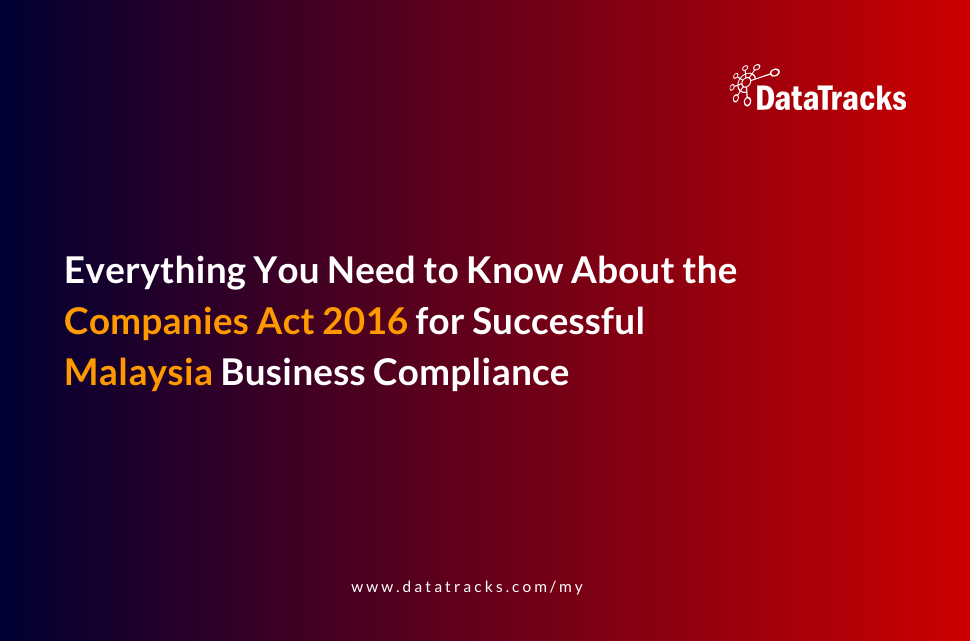The essentials of XBRL for MBRS SSM filing in Malaysia
The Extensible Business Reporting Language (XBRL) is a global standard for exchanging business information. The Companies Commission of Malaysia (SSM) require companies to use XBRL for MBRS (Malaysian Business Reporting System) filings. Understanding the XBRL syntax and fundamentals is important for this transition. The following blog discusses these aspects in detail.
Delving deeper.
What is XBRL?
XBRL (Extensible Business Reporting Language) is a language for digital business and financial data communication. It is part of XML (eXtensible Markup Language) and adopts XBRL syntax and related technologies. XBRL uses a standardized format to facilitate the effective communication of corporate information. Its primary goal is to improve the exchange and reporting of financial data.
XBRL Fundamentals
Some core concepts of XBRL are as follows:
- XBRL Syntax: Think of XBRL syntax as a set of technical rules that define the structure of an XBRL document. It presents the information in a standardized, machine-readable format. This ensures the efficient exchange and analysis of data.
- XBRL Instance: An XBRL instance document contains the actual reported data. It is used to file reports with regulatory organizations such as the SSM and follows the structure provided by the XBRL taxonomy.
- XBRL Taxonomy: It is a dictionary of terms, defining the various data items and their relationships. Taxonomy ensures uniformity and compatibility among reports by standardizing the data tags.
- XML Schema: This is a list of element definitions. XML schema specifies the data structure and rules in an XBRL document. It verifies that the data adheres to the necessary standards and validates the format.
Technical Rules for Data Tagging in MBRS/SSM Filing
For accurate MBRS filing, understanding and adhering to XBRL syntax and technical rules is essential. These rules include:
- XBRL Fundamentals: The foundation of XBRL are the syntax rules and data structuring principles that enable precise tagging and classification of business information. These guidelines help stakeholders interpret and share the data easily.
- SSM Taxonomy: This is a specialized XBRL taxonomy for MBRS filing. It provides a comprehensive dictionary of data elements that businesses require for Malaysian business reporting. It ensures the consistency of all reports with regulatory requirements.
- Linkbases: In XBRL, linkbases define relationships between data elements, such as calculations, presentations, and definitions. They establish connections between different data points and ensure accurate data representation.
MBRS and SSM Taxonomy
The SSM taxonomy guarantees the comparability and consistency of all data reported during MBRS filing. As a result, stakeholders and regulators can easily analyze and interpret the data.
- Compliance: To meet Malaysian laws and regulations, businesses need to follow the SSM Taxonomy. Including all the necessary components for MBRS filing can minimize the risk of errors and omissions.
- Efficiency: Using a standardized taxonomy helps companies save time and effort when preparing and filing reports. This uniform approach makes the reporting process much smoother and more efficient.
Bottom Line
Understanding XBRL fundamentals for accurate and efficient MBRS/SSM filing in Malaysia is important. Businesses can improve their reporting processes by following key standards like XBRL syntax and taxonomy. For assistance with error-free XBRL reports, reach out to the experts at DataTracks. Call +60-392126125 or email enquiry@datatracks.my.



